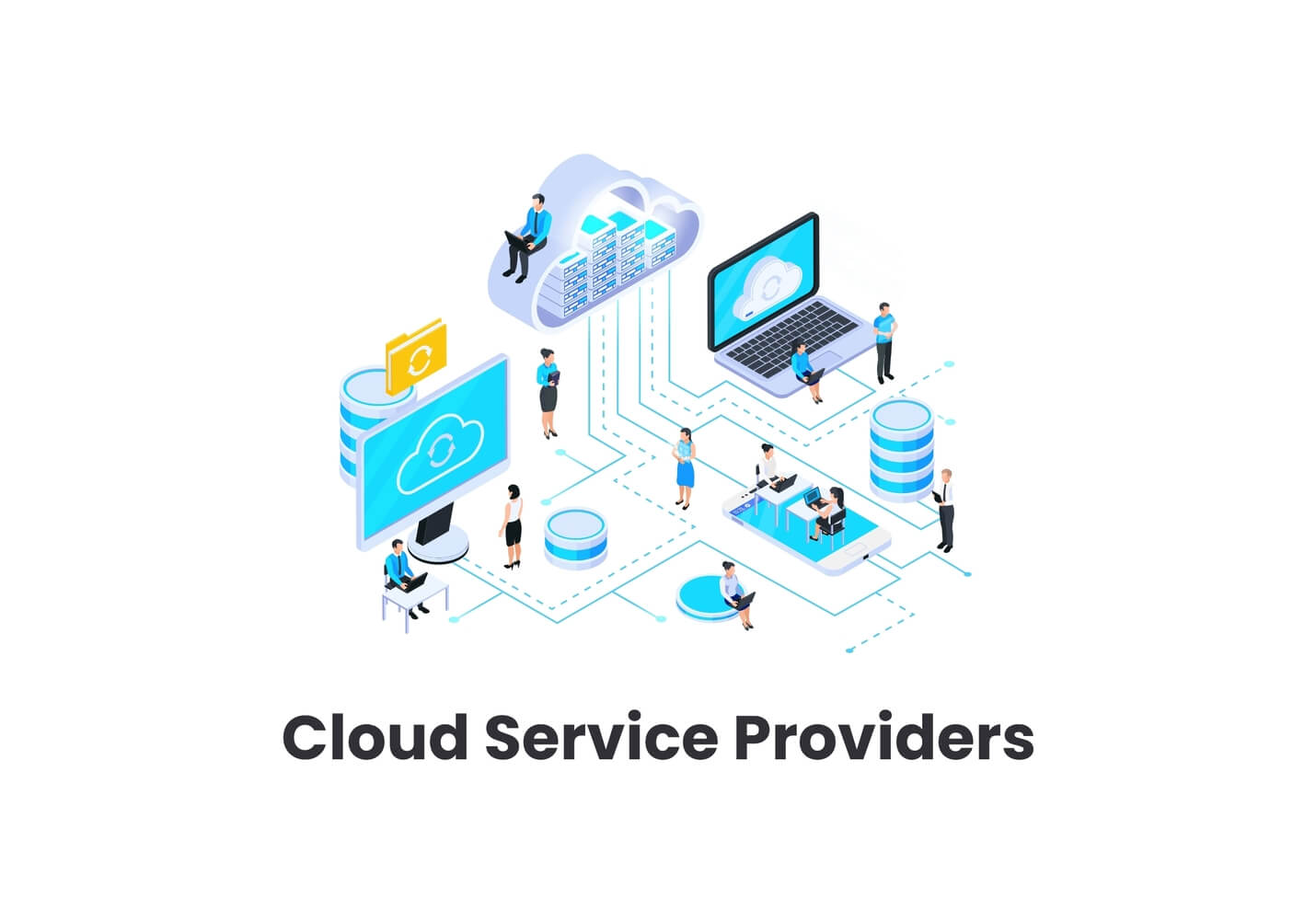LinkDaddy Cloud Services Unveiled: Expert Strategies for Cloud Services Press Release Excellence
LinkDaddy Cloud Services Unveiled: Expert Strategies for Cloud Services Press Release Excellence
Blog Article
Simplify Your Framework With Cloud Services
As companies browse the ever-evolving landscape of technology and information monitoring, the role of cloud services in streamlining facilities has actually ended up being increasingly prominent. How can businesses effectively navigate this transition and truly unlock the potential of cloud services for simplifying their facilities?
Advantages of Cloud Provider
Cloud solutions use a structured approach to managing IT framework, giving organizations with scalability, cost-efficiency, and flexibility. One of the vital advantages of cloud services is the scalability they offer.
Additionally, cloud services remove the requirement for services to invest in costly hardware and software. This cost-efficiency is a substantial advantage, particularly for small to medium-sized ventures wanting to reduce upfront prices. By utilizing cloud services, organizations can access high-quality IT sources without the large cost related to conventional facilities setups.
Moreover, cloud services give companies with the versatility to access their data and applications from anywhere with an internet link. This level of accessibility improves cooperation amongst teams, allows remote work, and increases general productivity. The adaptability used by cloud solutions encourages services to adapt promptly to altering market problems and consumer needs.
Cost Savings and Scalability
Along with the functional advantages highlighted earlier, the combination of cloud services right into a company's infrastructure produces substantial price savings and enhanced scalability. Cloud services supply a pay-as-you-go model, allowing organizations to scale sources up or down based upon existing demands, thereby preventing the expenses connected with keeping excess capacity. This flexibility enables companies to adjust quickly to fluctuating demands without sustaining unneeded expenses.
Moreover, cloud solutions remove the requirement for ahead of time financial investments in software and hardware, minimizing resources expenditures. General expenses are additionally lessened as business no longer need to take care of and keep physical web servers, causing lower energy intake and IT staffing costs. Furthermore, cloud services give automated updates and maintenance, ensuring that the framework stays up-to-date and safe and secure without requiring hand-operated treatments.
Improved Safety And Security Measures
Carrying out rigid safety and security procedures is vital when integrating cloud services into a business's facilities to ensure and safeguard delicate data conformity with market guidelines. Cloud service companies use boosted protection attributes such as data file encryption, firewall program security, and multi-factor authentication to mitigate cybersecurity dangers.
In addition, normal safety and security audits and compliance analyses assist identify susceptabilities and make certain adherence to click for more market standards. Business can likewise benefit from attributes like automatic safety and security updates and real-time risk monitoring given by cloud provider. By prioritizing safety steps and staying positive in resolving prospective threats, services can with confidence utilize cloud solutions while protecting their useful data from unapproved gain access to or violations.
Transitioning to Cloud Infrastructure
To successfully integrate cloud solutions right into a firm's infrastructure, a structured technique that addresses the shift in the direction of cloud-based solutions is critical. Transitioning to cloud infrastructure entails careful planning and execution to guarantee a smooth migration process - universal cloud Service.
As soon as the analysis is total, a movement approach should be developed. This strategy needs to detail the timeline, sources, and duties for relocating each component to the cloud. It is vital to connect this strategy plainly to all stakeholders to make certain alignment and minimize disturbances throughout the shift.
Throughout the movement procedure, testing and tracking are vital to identify and address any kind of problems quickly. Normal checkpoints must be established to track progress and make essential adjustments. Additionally, training for staff members on utilizing cloud services must be provided to ensure an effective transition and optimize the advantages of the brand-new infrastructure.
Finest Practices for Cloud Fostering
Successful fostering of cloud solutions rests on the calculated positioning of business purposes with technological abilities and organizational preparedness. To ensure a smooth shift to the cloud, organizations should begin by conducting a comprehensive evaluation of their present infrastructure and recognizing which workloads are best fit for cloud movement. It is vital to involve crucial stakeholders from various departments in the decision-making process to obtain buy-in and deal with any kind of concerns early.
Another finest technique for cloud adoption is to focus on protection and conformity. Organizations has to carefully review the security procedures supplied by cloud solution companies and make certain that their information is protected according to market standards and governing needs. Executing robust data file recommended you read encryption, accessibility controls, and normal security audits can help reduce threats connected with cloud adoption.

Conclusion
As organizations navigate the ever-evolving landscape of innovation and information management, the function of cloud solutions in streamlining infrastructure has become progressively noticeable - Cloud Services. Exactly how can companies successfully browse this change and truly open the capacity of cloud services for simplifying their facilities?
Cloud solutions use a structured approach to managing IT infrastructure, offering companies with cost-efficiency, flexibility, and scalability. By using cloud services, companies can access top notch IT sources without the hefty cost tag connected with standard facilities configurations.
To guarantee a smooth shift to the cloud, companies need to begin by carrying out a comprehensive analysis of their existing framework and determining which work are best matched for cloud movement.
Report this page